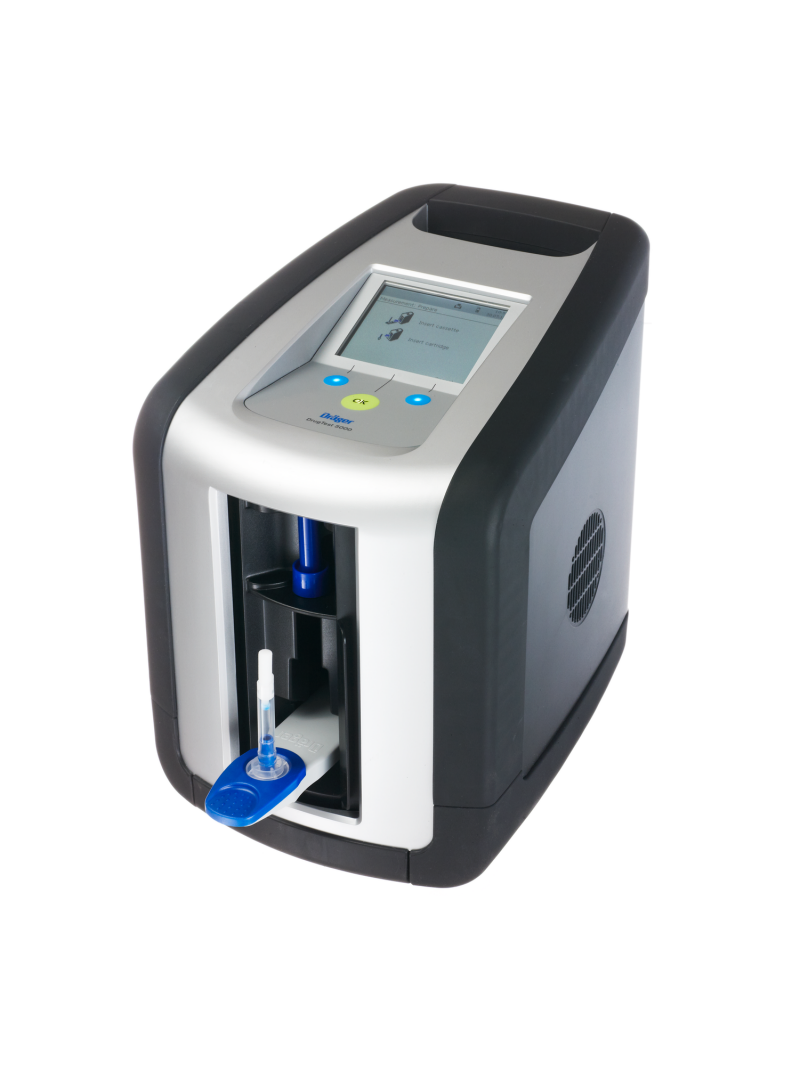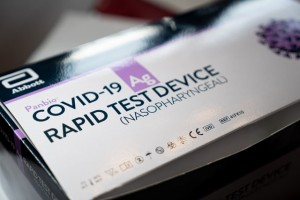Saliva drug testing and urine drug testing at your workplace provide the ability to determine recent use or habitual use. Saliva as a drug test specimen uses drug cutoff concentrations which correlates to acute impairment and drug levels in the blood. If it's in the saliva it's in the blood and if its on the blood it’s affecting the safe performance of tasks.
What’s important is that once NZ workplaces makes a decision to introduce oral-fluid testing, we have the experience and a suite of technology-leading verified products to support such a programme. Where sensitivity, accuracy and compliance are needed we are there to provide.


